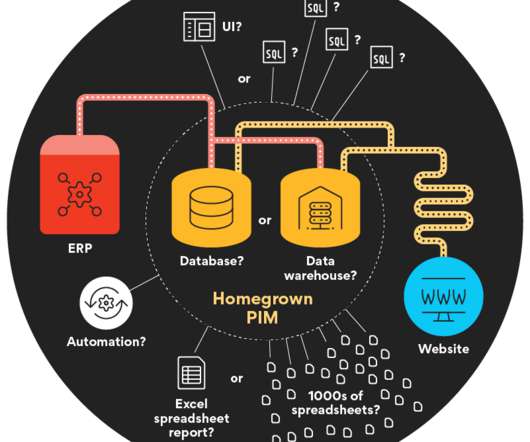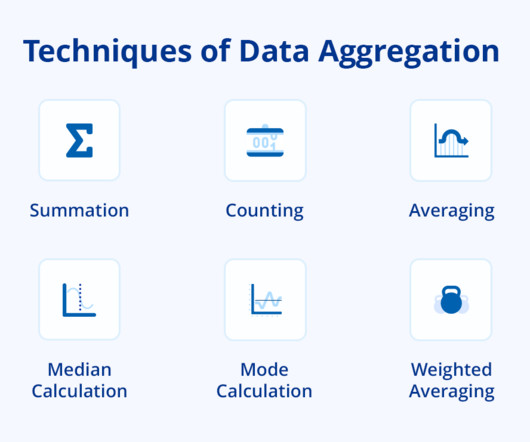Data Science vs Data Analytics: Key Differences
Astera
MAY 31, 2024
Data integration combines data from many sources into a unified view. It involves data cleaning, transformation, and loading to convert the raw data into a proper state. The integrated data is then stored in a Data Warehouse or a Data Lake. Data warehouses and data lakes play a key role here.














Let's personalize your content